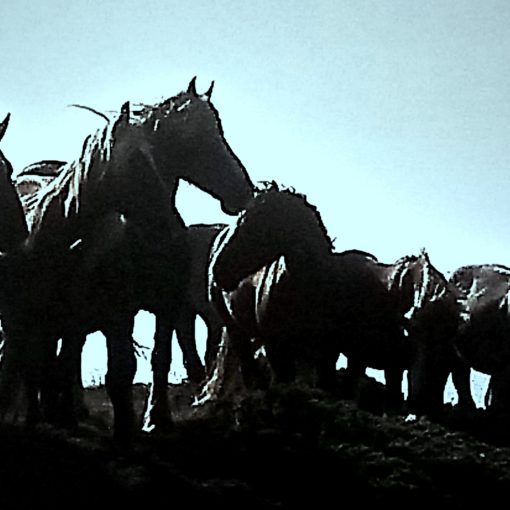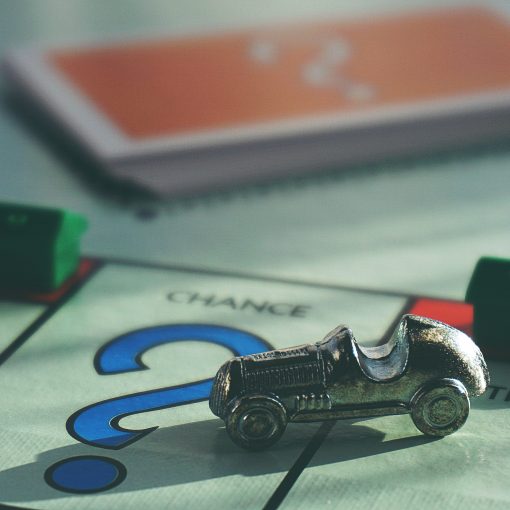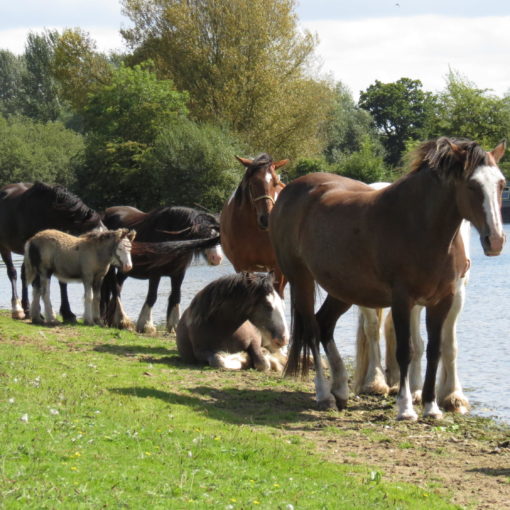A lesser-known element of my career these days is delivering Stress Awareness and Resilience training across the construction industry. Not always the easiest industry to share these types of messages with, but a place where these skills are of incredible importance and very much needed.
I have a simple model that I use which (for me) in practice is universally applicable wherever I am working.
It is based on recognising that stress is a natural response, less emotively we might otherwise call it pressure or demand. Often the key difference is overwhelm, the point at which for most of us the pressure becomes unmanagable.
It recognises that mind and body are one – the separation that most of us believe, as Antonio Damasio famously observed, was “Descartes’ Error” in his book if the same name. The power of this recognition is that whilst we all very consciously experience the “problem” we similarly carry the “solution” but are rarely so aware. This is a balance that is so often demonstrated in the nature world, and lest we forget we too are part of nature.
The important foundation is understanding the neuroplastic nature of our brains, we can all change.
So I give you “The J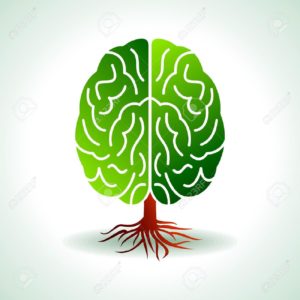 oy of Six”, six simple accessible tips for helping ourselves, six simple tips that are essentially available to all of us.
oy of Six”, six simple accessible tips for helping ourselves, six simple tips that are essentially available to all of us.
1. Awareness
Know yourself. Understanding ourselves is such an important element of emotional and physical wellbeing. Learning how we react in different situations, whether pleasing or challenging, rewarding or threatening.
We need to be able to recognise our stress and any associated reactive behaviours.
The real key is developing an understanding of the things that both enrich and deplete us. Whether this is via self-reflection, personal observation, or seeking peer feedback.
This type of awareness helps us to not just recognise behaviours, but to potential consider whether they are appropriate, and so consider whether we might act differently. Essentially awareness creates choice. And choice facilitates feelings of agency.
2. Take a moment
We live in a time of constant demand and distraction. When do we really have time to reflect on everything around us that is calling upon us, let alone consider what should be the real priorities. We move from one demand to the next, one meeting to the next, one project to the next.
Our brain needs time to reflect and process.
Imagine trying to read a book that has no punctuation, we would quickly be overwhelmed. Even though all the information is all there on the page, our ability to make sense is challenged. Life is like this too, we need punctuation or should I say a pause. In that pause we make sense, and so consider the where or what now behaviour-wise.
Victor Frankl in “Man’s Search for Meaning” famously writes: “Between stimulus and response there is a space. In that space is our power to choose our response. In our response lies our growth and freedom.”
This pause or taking of a moment turns unconscious reaction into conscious response.
3. Breathe
The first victim of our stress is our breath.
In stressful situations the natural balance of our breath is broken. Maybe necessary when you are running from a tiger, but less useful when we are in a business meeting, or “discussing” how best to fill the dishwasher with our families.
When our breath is out of balance and heart rate shifts, our bodies prepare for action. Most likely preparing for fight or flight.
Developing simple breath-based exercises provides each of us with the means by which we can reset the system and regain balance. This is why activities such as mindfulness prove such powerful tools for people in terms of managing their emotions and general wellbeing.
The breath and the body can “hack the mind.” Calming our bodies can very effectively calm our minds. As Einstein said “we cannot solve a problem at the same level as we created it” – we need a different perspective. We cannot simply think our way out of a problem, we need action and that needs our body.
4. Talk
We are social animals – we expect to connect with others.
As social animals we co-operate and co-regulate, we work together and reach-out to support each other. Positive interactions stimulate feelings of wellbeing and connection. Science increasingly recognises importance of connection with others when we need advice or support, or to build resilience. In fact we do it so often and it is so effective that we so often do not recognise how effective it is.
Being heard is cathartic, it is important to recognise those that we reach out to, and to be there for those that need to talk.
5. Move
Our bodies expect to move. We are all essentially more hunter-gatherer that executive. Inaction is in itself a stressor. How many of us spend the days sat at our laptops?
Too often when stress takes hold it feels like something that we cannot escape. The act of getting up and moving can be enough to lighten things, stepping away from the problem. It is not about gym membership or long-distance running – it is about regular gentle movement, maybe just 30-40 minutes a day. This is why owning a dog is so good for our wellbeing, ownership obliges us to exercise them, and so ourselves.
But pet or no-pet, this simple level of activity is something that is achievable for all of us, even something like just getting off the bus one stop earlier on the way to work, or to the shops.
6. Belief
Contemporary science is increasing recognising the degree to which what we believe of a situation sets our reality. How often to encounters with “difficult people” become difficult, or our experience of “boring meetings” seems boring.
Kelly McGonigal in her Ted talks tells us it is not stress that kills us, but how we feel about stress. Quite simply if we believe it will make us ill it often will. Our situational mindset frames our experience, as Anais Nin famously puts it “we do not see the world as it is, we see the world as we are.”
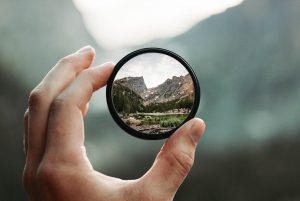 What we believe creates our reality, considering the mindset that we engage with, shapes not just our experience but also wellbeing. In essence it is a choice, even if largely for most of us is an unconscious one. These tools presented here create the space and resources that can help us to bring more of this into our consciousness and so more actively engage in that choice.
What we believe creates our reality, considering the mindset that we engage with, shapes not just our experience but also wellbeing. In essence it is a choice, even if largely for most of us is an unconscious one. These tools presented here create the space and resources that can help us to bring more of this into our consciousness and so more actively engage in that choice.
We can ask ourselves, how we want to be? What do I not need to let go of? Or even, what is the most appropriate version on myself for this situation?

